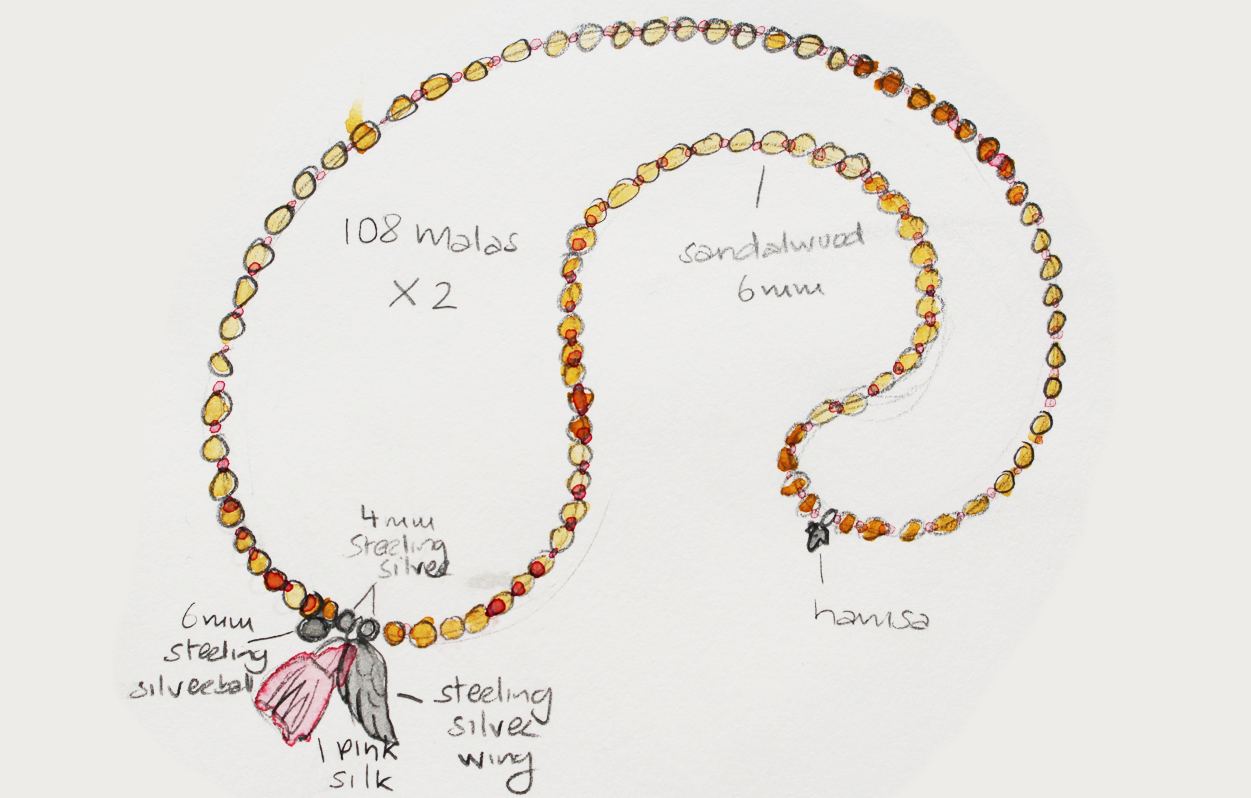UNEXPECTED SLOW DOWNS
Life throws us little injuries every now and again to test our patience! When the initial annoyance of an injury subsides there is huge scope for learning. An injury teaches you to examine your approach to your yoga practice, your day to day exercise routine and your approach to life in general.
I’m currently working on rehabilitating an instability in my piriformis (deep hip muscle). I’ve learnt from experience that the sooner I tackle the problem, with self awareness or a trip to the physio, the faster I recover. I lead an active life and am inclined to overstretch myself, both mentally and physically. My yoga practice teaches me to listen to that inner voice telling me to slow down, pull back and acknowledge the warning signs.
NO SHOULDS
My practice changed hugely during and after teacher training. Where I might have expected it to get more intense and physical, I found I was learning to pull back from over pushing and to drop any perceived targets for how far I should stretch or what asana I should be able to do. I learnt that there are no ‘shoulds’ and that each practice is totally different.
My new challenge is to slow my practice down to the pace of a tortoise, making the transitions just as important as the asana itself. By moving in this way you can feel the actions of the muscles more intensely, making it easier to find where your edge is and, in the case of injury, listening to what the body needs and knowing when to stop or pull back. From a physical point of view, moving slowly is far more challenging. For example, moving with control by stepping your foot forward from Adho Mukha Svanasana/Downward Facing Dog in preparation for Virabhadrasana II/Warrior II is a stronger transition than swinging your foot forward and hoping it reaches the inside of your hand! In your next practice, try stepping forward as slowly as you possibly can. Notice how different it feels and observe the intense action in the abs, quads and glutes. See which version challenges you most, whilst at the same time feels more controlled and secure. It can be very helpful to set your phone up to video one of your transitions and see if there are any areas you need to be mindful of: a knee buckling out to the side; a shoulder dropping; or one hip dipping lower than the other.
Injuries can often be caused by habitual misalignments in transitions. Or, in fact, in our everyday lives: how you stand; how you sit cross-legged; how you sit on the couch (weakened piriformis, I speak from experience!). From a yoga point of view a transition misalignment, like a dropped shoulder in Chaturanga/Four Limb Staff can gradually cause an injury which, in my experience, is harder to shift than an overstretched muscle. By slowing down, we give ourselves a chance to observe and keep in touch with correct alignment and avoid repetition injuries.
Make your next practice all about transitions. Flow fluidly with grace and awareness, move as softly and lightly as possible. Feel your whole body thanking you for listening!
Ruth Delahunty Yogaru






